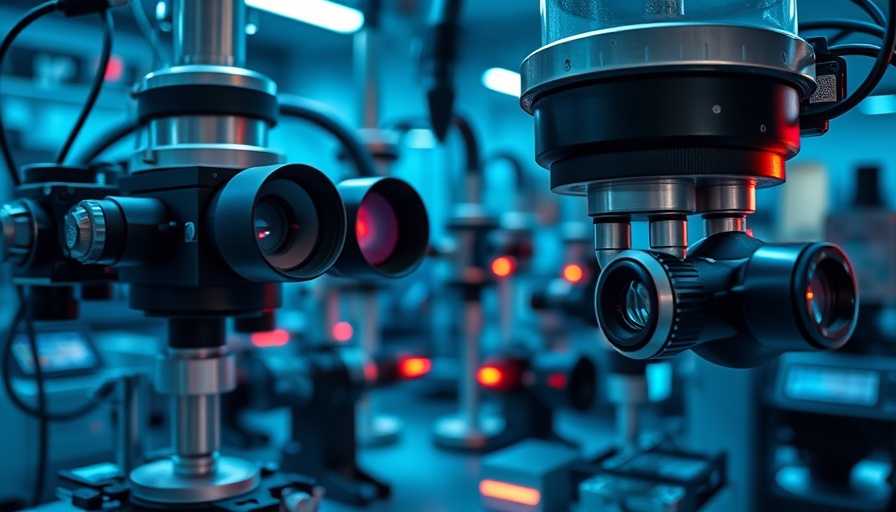
Revolutionizing Imaging with a One-Pixel Camera
Imagine being able to capture three-dimensional movies using just a single pixel. This groundbreaking technology has become a reality thanks to researchers from Kobe University, who have developed a new camera setup capable of recording holographic films. The implications of this innovation extend far beyond cinematic applications; it could significantly enhance scientific observations, particularly in the fields of microscopy and medical imaging.
The Science Behind the Technology
Holography has long been tethered to the use of lasers, but recent advancements are paving the way for alternatives that utilize ambient light or natural light sources. The two primary methods for recording holograms—the FINCH and OSH techniques—come with their own limitations. FINCH relies on rapid 2D image sensors that can record motion, but their function is confined to visible light and unobstructed views. OSH, in contrast, employs a one-pixel sensor that excels in capturing images through scattering media and within the non-visible spectrum, but its capability is restricted to stationary subjects.
Combining Techniques for Optimal Results
Professor YONEDA Naru, an applied optics specialist at Kobe University, has merged the advantages of FINCH and OSH to create a more versatile holographic recording method. By introducing a high-speed digital micromirror device that operates at 22 kHz—significantly faster than previous models—his team can project patterns needed for hologram recording onto the object under observation. This innovative approach not only records moving 3D images but also enables the construction of a microscope capable of capturing holographic videos through scattering objects, such as mouse skulls.
Potential Applications and Future Vision
With an initial frame rate of just over one frame per second, the technology is still in its infancy, but there is potential for improvement. The team believes that frame rates could be advanced up to 30 frames per second, aligning with standard screen rates through a compression technique named sparse sampling. This method works by selectively capturing portions of the image rather than every detail continuously.
Several applications in biomedical fields present themselves through this revolutionary technology. Yoneda emphasizes the anticipated use of the one-pixel camera for minimally invasive biological observations. It could allow researchers to visualize dynamic processes occurring behind scattering mediums, a significant advancement for non-invasive surgery and real-time monitoring of internals.
Challenges Ahead
Despite the promising breakthroughs, challenges remain. The research team acknowledges the need to enhance the number of sampling points and the overall image quality—a task they aim to address through ongoing optimization of projection patterns and the incorporation of advanced deep-learning algorithms to interpret data into coherent images. As they strive for refinement, understanding these challenges from an audience perspective reveals just how intricately scientific progress is tied to technical precision.
Exploring the Broader Implications
As this technology develops, it opens the door to exciting new avenues in both scientific research and everyday applications. The medical community eagerly anticipates holographic video microscopy's ability to change how we visualize complex physiological processes. Engaging with the scientific advancements through the lens of everyday living—such as the Dallas lifestyle where innovation meets practicality—can ignite deeper discussions about how emerging technologies directly affect our communities.
A Call to Embrace Innovation
Staying informed about technologies like the one-pixel camera allows individuals and communities to anticipate changes that could refine societal and healthcare outcomes. Observing how these innovations can mesh with lifestyle factors, such as those presented by Dallas lifestyle influencers, can foster a collaborative environment where scientific advancements translate into positive change.
 Add Element
Add Element  Add Row
Add Row 



 Add Row
Add Row  Add
Add 


Write A Comment